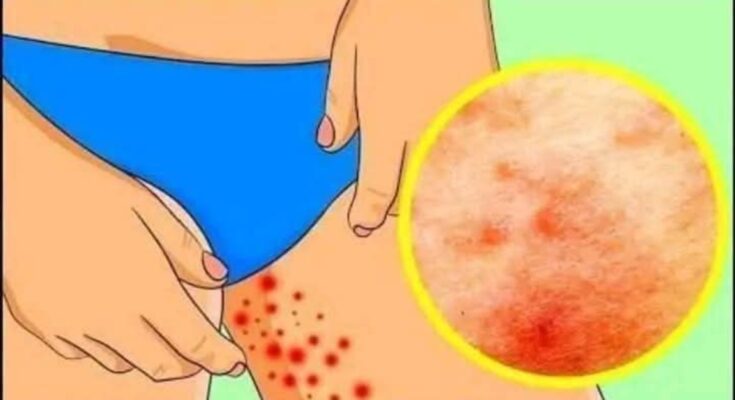These are the signs that he is cr… See more
Ringworm Infection: An Overview
Ringworm, also known by its medical name tinea, is a common fungal infection that affects the skin, hair, or nails. Despite its name, ringworm is not caused by a worm, but by a group of fungi called dermatophytes. These fungi thrive in warm, moist environments and feed on keratin, a protein found in the outer layer of the skin, hair, and nails.
The infection gets its name from the characteristic red, circular rash it causes, which often resembles a worm curled into a ring. Ringworm can occur anywhere on the body and is named based on its location: tinea corporis (body), tinea capitis (scalp), tinea pedis (athlete’s foot), tinea cruris (jock itch), and tinea unguium (nails).

Causes and Transmission
Ringworm is highly contagious and can be transmitted through direct skin-to-skin contact with an infected person or animal. It can also spread by touching contaminated objects, such as towels, clothing, combs, or shower surfaces. In some cases, soil that contains the fungi can also be a source of infection, particularly in children or people who work outdoors.
Certain factors increase the risk of developing ringworm. These include living in warm, humid climates, excessive sweating, close contact sports, sharing personal items, and having a weakened immune system. Children and pets, especially cats and dogs, are common carriers.
Symptoms
The symptoms of ringworm vary depending on the affected area. On the body, it usually appears as a red, scaly patch that may be itchy or painful. As the infection progresses, the lesion may expand outward, forming a ring-like shape with a clear or scaly center. On the scalp, it may cause bald patches, while in the nails, it can result in thickening, discoloration, and crumbling.
In cases such as athlete’s foot or jock itch, ringworm may cause peeling, cracking, burning, and discomfort in the affected regions.
Diagnosis and Treatment
Ringworm is typically diagnosed based on its appearance, but doctors may use a skin scraping or a Wood’s lamp (ultraviolet light) to confirm the presence of the fungus. Lab tests can further identify the specific type of fungus involved.
Treatment depends on the severity and location of the infection. Mild cases can often be treated with over-the-counter antifungal creams, powders, or sprays containing clotrimazole, miconazole, or terbinafine. More severe or persistent infections, especially those affecting the scalp or nails, may require prescription oral antifungal medications.
Prevention
Preventing ringworm involves maintaining good hygiene. This includes keeping skin clean and dry, not sharing personal items, wearing breathable clothing and footwear, and washing hands regularly. Pet owners should ensure their animals are healthy and receive regular veterinary checkups, as pets can be a hidden source of infection.
In conclusion, while ringworm is an unpleasant and often itchy condition, it is generally easy to treat with proper care. Prompt recognition and treatment are key to preventing its spread and ensuring a quick
